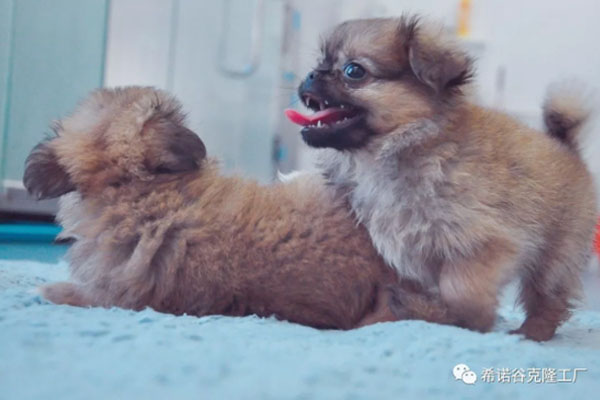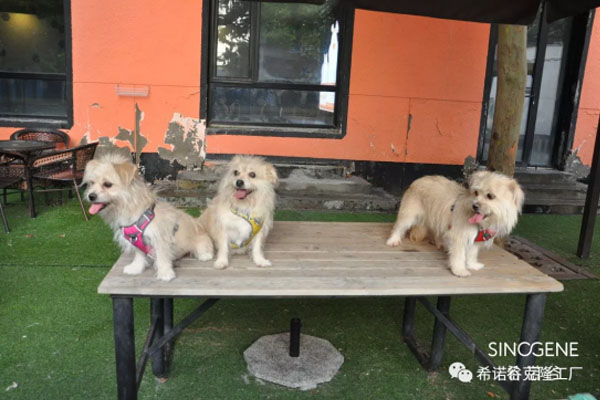
Have you ever thought that your pets may leave you one day? Think about it and if you feel unbearably sad, please take a look at this article about genetic preservation.

1. What is pet cell preservation?
Pet cell preservation services are like the preservation of cord blood. It's an important step for animal pet cloning.
SINOGENE has set up an advanced gene preservation system, a professional gene preservation library, ID uniqueness certification, which is safe and reliable, and can help to achieve:
Identification of lost pet
Paternity testing
Genetic disease detected gene therapy
Pet cloning service

2. What does cell preservation need to provide?
Cell preservation is necessary for animal cell cloning. If the pet is still alive, cut two pieces of sesame sized skin tissue on the inside of its thigh;
If unfortunately, the pet has passed away, it will need to be taken from any part of the body.
When a pet is passed away, the cells in the body were still active, but with the passage of time, the activity would gradually decrease. So the sampling work after the decease must be done as soon as possible.
The sampling must be operated by professionals, and special sampling tools and preservation solutions are required. It is not allowed to Do It yourself.

3. How to sample and preserve pet somatic cells?
For pet owners, tissue sampling is needed in genetic preservation and cloning.
Sampled tissue will be put into our preservation solution, and will be taken back to the laboratory as soon as possible for cell establishment. After the successful establishment of the somatic cell, the somatic cells will be cryopreserved under the condition of - 196 ℃in liquid nitrogen.
4. Why should cell preservation be done as early as possible?
Many animal pet cloning studies have shown that the smaller the animal's age, the better the cell state and the stronger the proliferation ability. Therefore, the skin tissues have better chances to establish somatic cells when the animal is relatively young.
Older pet body cells may also be used, but cell viability may be reduced.

